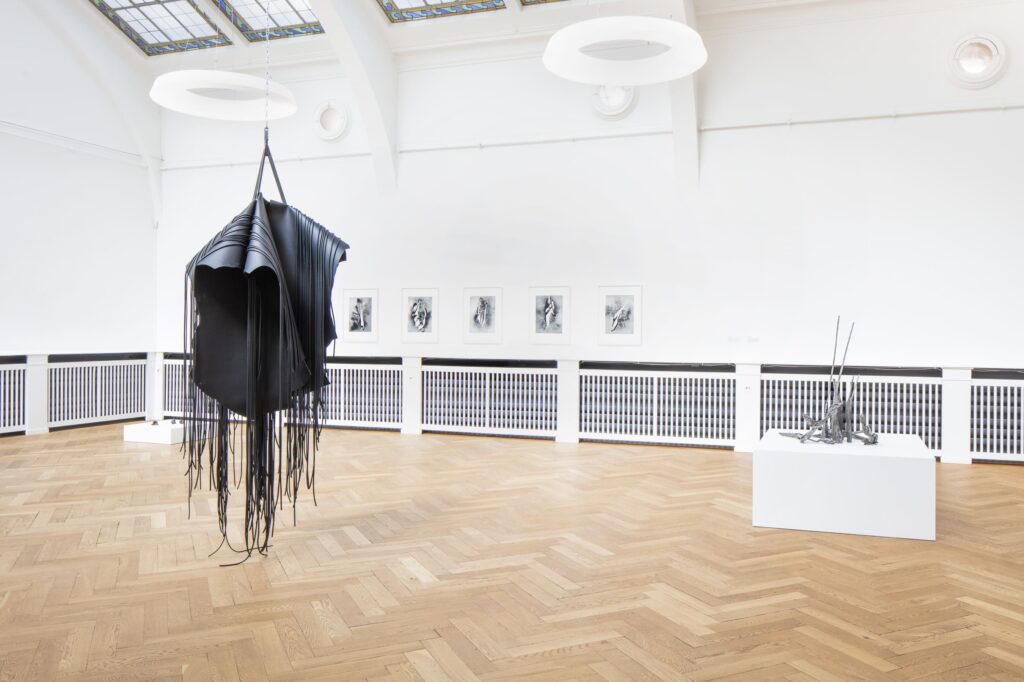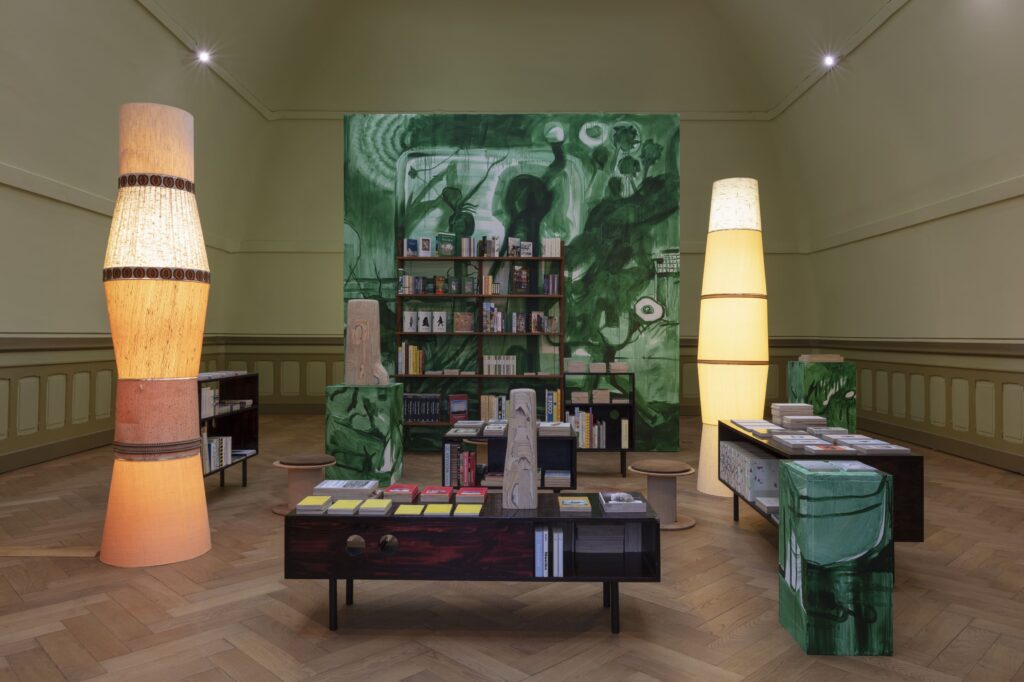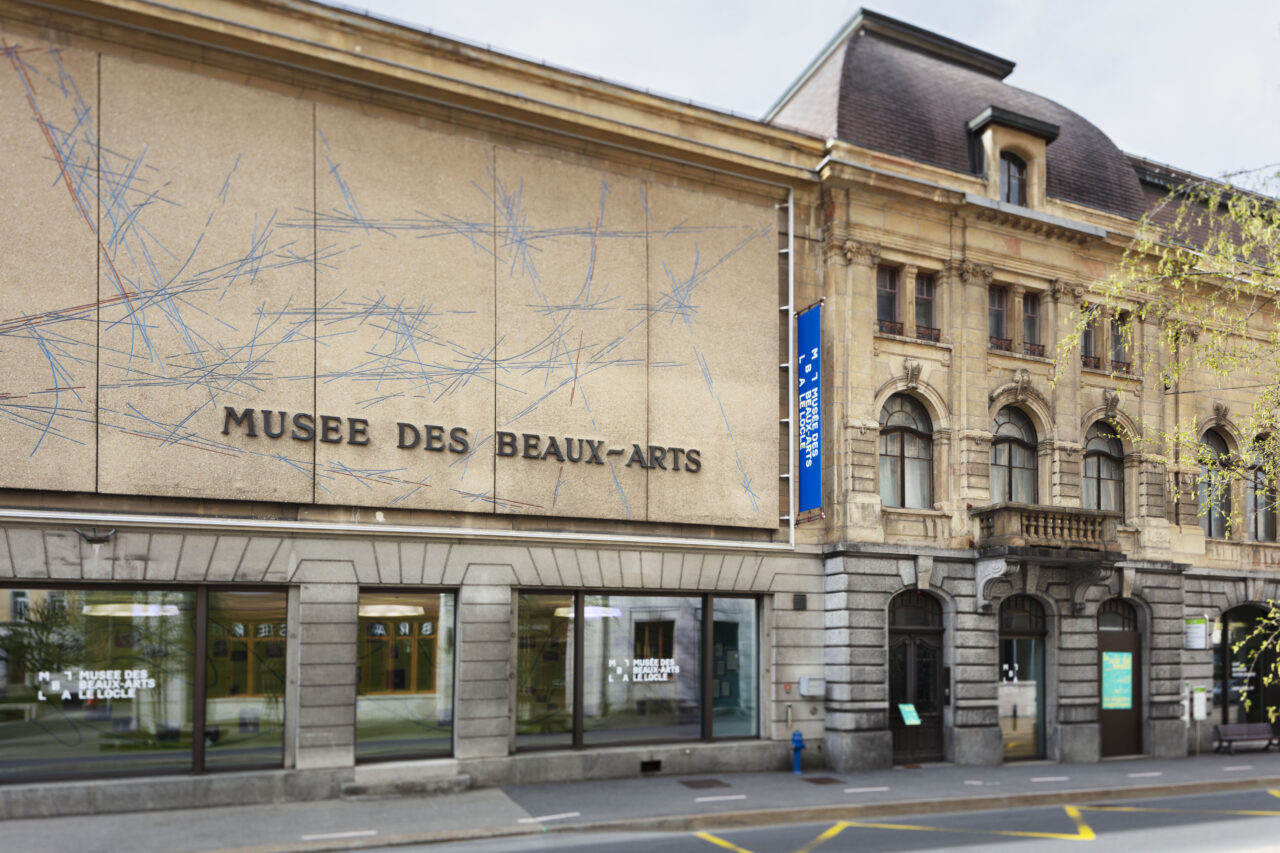Since its reopening in 2014, the Museum of Fine Arts Le Locle (MBAL) has been a leading institution in Switzerland. Between January 2014 and June 2022 it was under the direction of Nathalie Herschdorfer. Since June 2022 the Italian curator and writer Federica Chiocchetti (PhD) is the new director. The museum enjoys wide media coverage and welcomes a growing number of visitors from various origins. Its programming succeeds in combining an aura of excellence with a spirit of discovery, while at the same time attracting a wide audience. Indeed, the great names of contemporary and modern art are in dialogue with young talents, who thus benefit from a real institutional recognition, precious to ensure the continuation of their careers. In 2021, the MBAL is launching a new, exclusively virtual exhibition space : the ORBIT_E.
What ?
Three temporary exhibitions a year broaden our perspectives : prints, photographs, installations, paintings… These monographic and thematic exhibitions bring together art from today and yesterday, from here and elsewhere. With the dual ambition of offering a programme that is both cutting-edge and daring, the MBAL exhibits both renowned artists and emerging artists of undeniable talent.

Exhibition la scia del monte ou les utopistes magnétiques, Una Szeemann. Photo : © Lucas Olivet
Who is it for ?
In the spirit of opening the museum’s doors to as many people as possible, the museum’s programme is aimed at all audiences. To bring the institution to life beyond the exhibitions, a cross-cultural programme is organised throughout the year, consisting of a choice of meetings, brunches, workshops and shows. With the aim of crossing artistic disciplines and creating bridges between them, the museum thus brings living arts into its programming. It is sometimes difficult to get through the door of an art museum. In order to cross this threshold with peace of mind, the MBAL is stepping out of its walls with a monumental work installed on the facade.
Where ?
Le Locle is a town in the Jura mountains bordering the department of Doubs in France. Listed as a UNESCO World Heritage Site along with the neighbouring town of La Chaux-de-Fonds, it has a unique urban layout that developed in the 19th century under the impetus of the watchmaking industry. The institution is located in the city centre and is part of the rich cultural landscape of the Neuchâtel mountains. The museum is a place to forget time, contemplate, dream and be surprised.
History
Origins of the museum
Shortly after Neuchâtel’s Revolution of 1848, a museum devoted to clock-making and natural sciences opened in Le Locle under the impetus of the association des Amis de l’Instruction. Gradually, the desire to promote local artistic activity became apparent and a group of enthusiasts founded the Société des Amis des Arts du Locle on March 7 1862. A collaboration with the Neuchâtel section was established and exhibitions of regional painting were held every two years in Le Locle. A collection, owned by the Société des Amis des arts du Locle, was created, consisting mainly of works painted by artists from the canton. In 1876, the association obtained the right to permanently occupy a room in the College. It thus celebrated the opening of the Musée des beaux-arts du Locle, run by a special committee. In the mid-1880s, the Société des Amis des Arts du Locle joined the Swiss Society of Fine Arts. This affiliation enabled it to host temporary exhibitions at the Turnus and to receive deposits from the Confederation and the Gottfried Keller Foundation. Faced with the growing need for a place suitable for the exhibition and conservation of works of art, the Musée des beaux-arts du Locle moved in 1913 to its present building on Rue Marie-Anne-Calame. The exhibition space was extended twenty years later with the construction of an annex to the west of the building.
A particular interest in prints
Since 1946, the museum has had keen interest in prints and printmaking. This orientation is manifested first of all through the organisation of numerous thematic exhibitions, such as the highly acclaimed 50 Years of French Engraving, presented to the public in 1950 and organized in collaboration with the National Committee of French engraving and the abinet des Estampes of Paris. The museum’s acquisition policy also focuses on prints, with an emphasis on engravings by the great masters of the 19th and early 20th centuries, while taking care to support contemporary production.
Other initiatives contributed to the dynamism of the museum’s activity and reinforce its attraction for prints. Since the mid-1880s,
an in-house print workshop has been set up on the ground floor, open to both artists and amateurs. Each year the museum publishes an original engraving by a Swiss artist, printed in a reduced number of copies and offered for sale at a reasonable price. In 1992, the Musée des beaux-arts du Locle organised the first edition of a three-yearly competition dedicated to printed art entitled “Prix de la ville du Locle”. Although at first it rewarded Swiss and foreign artists residing in Switzerland, the event expanded in 1998 by extending participation to international artists.
Renovations and major expansion
From 2011 to 2014, the Musée des beaux-arts du Locle is going through an unprecedented renovation with the aim of improving the conservation conditions of the collection, the presentation of the works in the exhibition rooms and the reception of the public. The work also aims to enhance the architecture of the building, in particular the glass and Art Nouveau-style stained glass windows, which have been placed under protection. When it reopens in 2014, the Museum includes a new café-boutique as well as modernised exhibition and storage spaces, adapted to current standards of preventive conservation and presentation of works.

Exhibition Le plaisir du texte, Lutz & Guggisberg. Photo : © Lucas Olivet


